15 Types of Wood Grain Patterns for Handsome Refinement
Author: Rick Worst | Editor: Omar Alonso
Review & Research: Jen Worst & Chris Miller
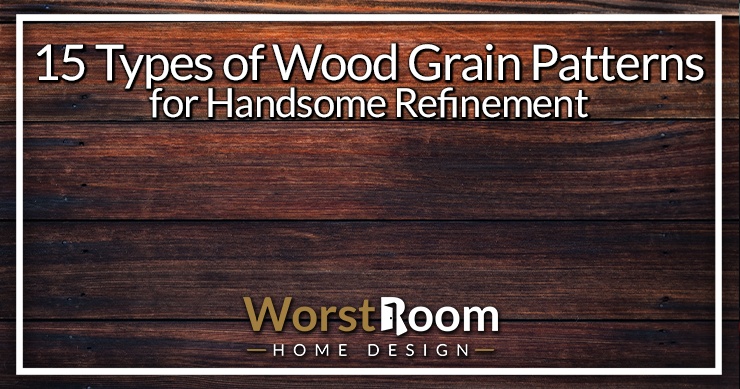
Patterns of wood grains are intricate details of wood that add to the overall aesthetics of most houses. Whether the wood is used as floorboards or furniture, the many types of wood grain patterns differ and are important to consider when redoing your house floors or purchasing furniture.
Natural wood is a delight to have as decor inside your house. They give off warm and cozy vibes. However, when choosing the wood grain pattern to suit your taste, the many different wood grain types can create confusion.
Read with us below to learn about different wood textures, grain patterns, and color content, and much more.
15 Types of Wood Grain Patterns
The arrangement of grain patterns in wood differs due to trees having different growth rings. When trees are cut, the style of cutting that is applied to the trees forms its grain patterns.
There are six types of wood grain, which are:
- Straight
- Irregular
- Diagonal
- Spiral
- Interlocked
- Wavy or Curly
These six interior wood grain growth patterns result in various patterns on the external surface once boards are cut. Let's take a look at these aforementioned various sorts of wood grain patterns that appear on the surface of decorative wood.
The different wood grains are labeled by the type of wood they come from, and a full list would be gigantic so we offer you the most common and accessible, as they don't all look great. Afterwards we'll share more in quick order you can explore.
Bamboo

All types of bamboo wood come in shades of white and creamy yellow. However, bamboo can gradually develop darker shades of brown and black streaks if it takes on any fungus.
Growth rings are not apparent in bamboo. The texture is smooth and even depending on how dense the wood is. The wood fibers vary upon wood processing and splitting.
Bamboo wood exists within different species, and it is hard to identify them uniquely. They are perishable and can break apart easily as they age. They are also prone to insect attacks from termites, marine borers, and beetles.
Bamboo is not difficult to work with but must be handled with care. The wood fibers of bamboo split easily when sliced or cut. But bamboo grains of wood does respond quite well to gluing, finishing, and staining. It can also give off an earthy smell during work.
Bamboo wood is ideal to be used on ladders, fishing rods, veneer, scaffolding, blinds, and floors.
Hemlock
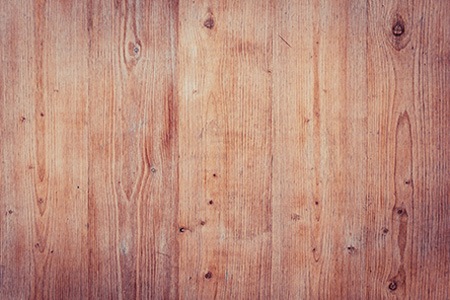
Hemlock is a brownish-colored wood that comes from all types of hemlock trees. The core patterns or heartwood of hemlock are lighter shades of brown-red. Furthermore, the sapwood and heartwood of hemlock are quite similar in appearance.
Dark streaks are present in hemlock wood that are made that way by wood maggots. If the hemlock wood is sawed flat, the growth runs that form the grain patterns are seen clearly.
The types of wood grain patterns present in this wood are uneven yet straight-lined with a rough texture. Hemlock also does not have any resin linings. It is not durable since hemlock is not tolerant of decay or insect attacks.
The wood is ideal for making any types of pallets, frames, plywood frames, and even construction work since they can be stained and glued easily.
Cherry

Black cherry, sweet cherry, and Brazilian cherry woods are extremely popular options in flooring, furniture, and cabinetry due to the refined result in the finish.
The elegance, for some people, is unmatched due to the fine waves of the curly grain. The wood itself will be redder than others and will darken over time. I've seen this rich color and grain used in various kitchen cabinet alternatives to great effect.
Sycamore

Sycamore wood grains are interlocked and have an even texture to them. It is very similar to maple wood.
The wood has light to brighter white shades and can sometimes be darker shades of brown-red as well. They have a wrinkly look overall.
This wood grain is not durable and cannot prevent decay nor resist insect attacks. However, sycamore is great for handcrafting woodworks.
Even though sycamore does not respond the best to machine uses, it is ideal for plywood, wood veneer, furniture, and paper-making.
Mahogany
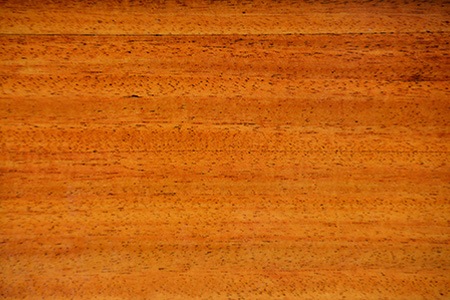
Mahogany by itself has different variants of its grain. However, Cuban mahogany is the type that is used most commonly.
The grain style of mahogany can be - wavy, interlocked, curly, or straight. It has an even texture that has a shine to it.
Coming to colors, they are pinkish-brown or red-brick brown. The more intense the color, the denser the mahogany gets as the color darkens, also a sign of its aging.
Mahogony works well with machines and sand. The wood is durable as well and can resist insect attacks. More mature mahogany indicated more durability. It is an ideal wood for instrument making, wood carvings, veneers, and furniture.
Teak
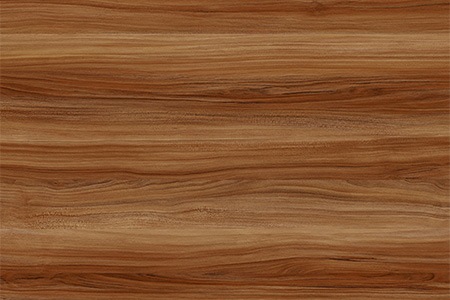
Teak wood is a golden-brown wood that turns into darker shades as it ages. The types of wood grain patterns in this wood are straight but somehow look as if they are wavy or interlocked.
The texture of teak wood is not even rough but has a natural shine to it. This wood can feel a bit oily when raw since it contains oil. However, the oil feature does not affect its ability to be glued.
The wood resists rotting and is quite durable. Upon grinding, teak wood gives off a leather-like smell. Since teak is rigid, it can make the blade of tools bland when working on it with the tools.
Teak is ideal for making boats, ships, and construction work.
Zebrano
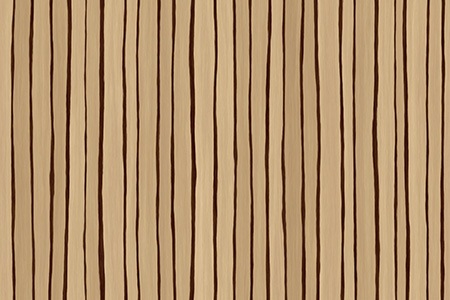
As indicated by the name (and aliases such as Zebrawood), the Zebrano wood grain pattern is similar to zebra skin in terms of appearance. The grain patterns look like continuous horizontal lines of toffee and dark brown color.
Zebrano is a unique-looking wood and is quite rigid. Its different wood grains can resist rotting as well. Everything made with this wood gives off an aesthetic look.
The wood is ideal for making kitchen islands and centerpieces and is a popular choice for modern décor kitchens.
Ebony
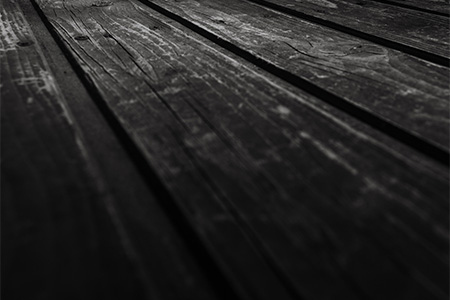
Ebony is a deep black wood that has grains that are hardly visible. It had greyish brown or very deep brown streaks on it.
The grain patterns of ebony wood are straight but can have interlocked patterns too. Its texture is smooth and even, with a fine lustrous tone to it.
The wood has a high oil content in it which can make it a difficult wood to glue no matter what types of glue are used. Ebony is also hard to work with since it has a very high-density level.
However, ebony wood is super durable and resists insects such as termites. This wood can be finished well and give off a more lustrous look. The odor of ebony can be unpleasant if it's being worked with steam.
Ebony is ideally used to make instruments, piano keys, and pool cues.
Acacia
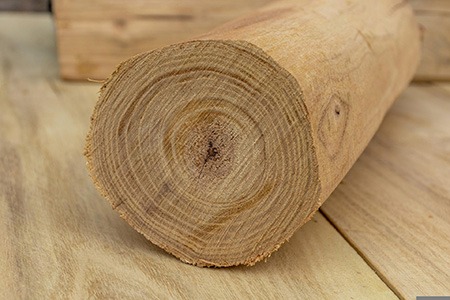
You'll hear of the acacia tree under different names, such as thorn tree, wattle, and mimosa. It's an very dense wood that makes it one of the hardest (both in hardness and difficulty) to work with.
These types of wood grain patterns are used mainly in furniture and in ornamental designs. Less than six months ago I used a big acacia butchers block for the new types of desks I put together for my home office.
Most of the acacia wood will feature coarse, wavy patterns in the grain, moving out from the center of the trunk. You can find light and dark acacia, and both will take on stain well which only accentuates the wood grain patterns even more.
Red Oak
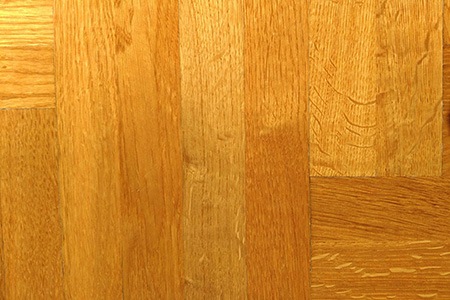
Red Oak wood is native to Eastern USA. The red oak tree grows in abundance in most eastern parts of the US. This is why red oak wood grain is a commonly used wood grain in the states.
This wood features straight grains of wood and uneven rough textures. They are quite heavy and rigid as well. The color content of red oak is characterized by lighter to medium brownish shades, sometimes with red tints.
Red oak wood is not resistant to insects and can be stained easily by water. They are ideal for wood furniture, doors, floors, and cabinet making.
White Oak
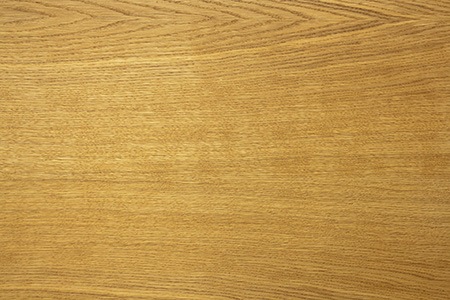
White oak is an abundant wood type found in the US. However, they are more in the higher price range. Their strong, pure oak smell makes them stand out from other wood types.
In terms of color, they have light to mid-brown shades with a surface shade of olive color. The grain patterns are straight with a rough and uneven texture.
White oak wood is durable and reacts easily to iron and steam bending. It is quite easy to handle in woodwork. This wood is ideal for making furniture and even constructing boats, floors, etc.
Bigleaf Maple
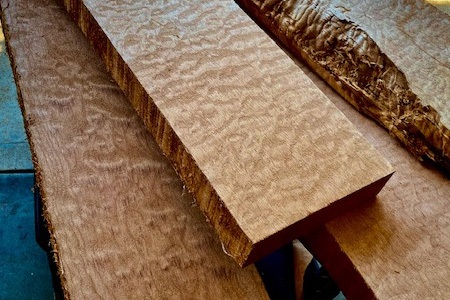
Bigleaf maple is mostly used for its sapwood rather than the heartwood. The sapwood features white tones with golden or red hues. On the other hand, the heartwood is more reddish in color.
Coming to grain pattern, bigleaf maple has straight grains but can sometimes be wavy as well. It has a smooth and even texture.
The wood is non-durable and cannot resist decay. It can burn as well when used with machines. Bigleaf maple is ideal for making paper, veneers, instruments, and boxes.
Shagbark Hickory
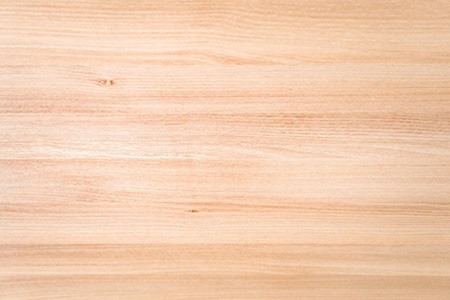
Shagbark hickory comes with brownish heartwood with red hues, whereas the sapwood of this hickory is yellowish-brown. The wood can give off a vintage look if an object is made from both the heartwood and sapwood of the shagbark hickory. This is because they contrast well against each other.
The types of wood grain patterns of shagbark hickory is straight but can be wavy as well, while the texture is moderate on the wood.
This wood is perishable as it is not rot-resistant. It can also be prone to insect attacks. The wood is difficult to handle when machined since it can tear out easily when worked with moderately sharp tools.
Shagbark hickory can be stained, glued, finished, and even bent by steam. The wood is ideal for making ladder rungs, tool handles, and wheel spokes.
English Walnut
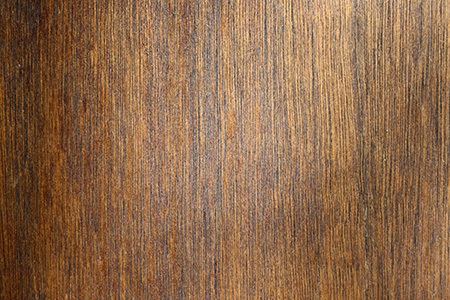
English walnut comes in different shades of light brown to deeper brown shades. The grain is featured with dark brownish streaks that are even and sometimes have a reddish-purple or gray tone to it.
This wood has grain patterns that are straight but irregular. The patterns can also be curly at times since this wood comes in various grain styles. Additionally, the texture of this wood is moderate and has a natural luster to it.
While English walnut is somewhat durable, it cannot resist much decay and cannot resist when attacked by insects as well.
Straight-grained walnut is easy to work with, while its irregular and different wood grains are difficult to handle since they can lead to tear and wear when being flattened. The wood has a mild smell that it gives off when it is worked with.
English walnut is ideal for making furniture, gunstock, and other smaller objects.
Cedar

Cedar wood is typically purplish brown or red in color. The sapwood of cedar is yellowish, which comes from the heartwood as streaks. You've probably seen it used in types of wood siding if you live in the country in the south, on older homes.
Cedar wood grains are straight with knots. The texture is quite even and smooth. However, the grain can sometimes be a bit uneven. Cedar wood does not come with resin canals.
This wood is durable and resists rotting, decay, and insects well. Cedar wood is not treated most of the time before use since it responds quite well to gluing and finishing. They give off a very renowned wood-like smell when being worked with.
Cedar wood is ideal for making closets since it is resistant to insects. It is also a common choice for use in furniture, birdhouses, pencils, and fencing posts.
More Types of Wood Grain Patterns
We could talk about every wood from every tree in existence, and someone out there has tried to use them for their wood grain types. But the fact is, they're not all as suitable or even attainable as the ones we've already mentioned. But still, if you want to look further, here are some more that make a great starting point:
- Rosewood
- Padauk
- Makore
- Ash
- Balsa
- Beech
- Anigre
- Spruce
- Birch
- Pine
- Elm
- Greenheart
- Bubinga
Among these different wood grains, if I had to pick places for you to start, I'd recommend Rosewood, Ash, Beech, Spruce, Birch, and Elm grains of wood. I'd tell you to avoid any soft woods.
Types of Wood Grain Patterns for a Handsome Look
Our list focused on the common types of wood grain. What grain pattern you want on your furniture or floors is subjective. Consider the grain, density, color, and finishing of wood grain before making your final choice.
That's pretty much all we had to tell you about the different wood grain types. There are more than 40+ types of wood grain patterns that have more or less the similar features we discussed above.



